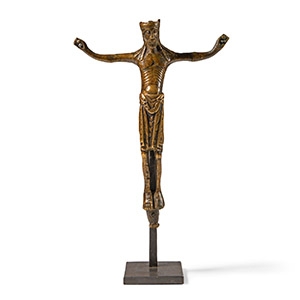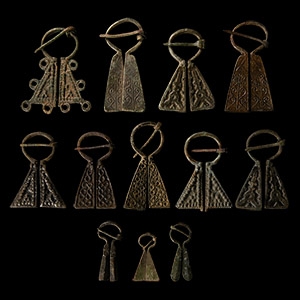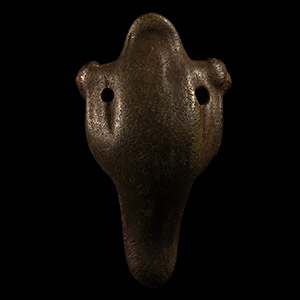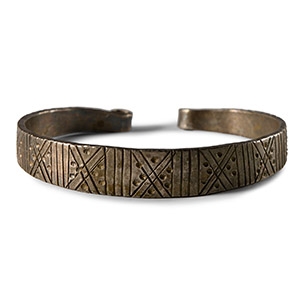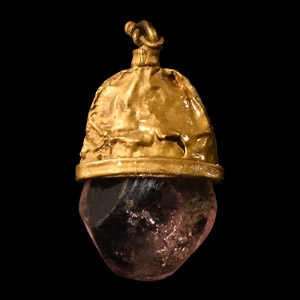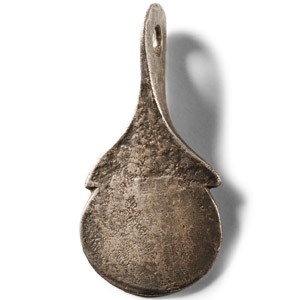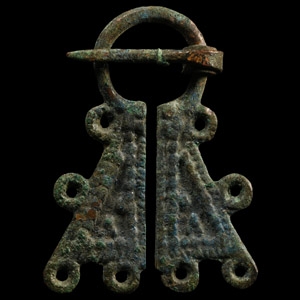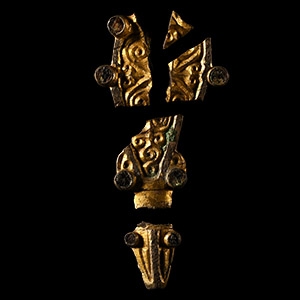Home > Auctions > 5 - 9 March 2024: Ancient Art, Antiquities,
Natural History & Coins
Auction Highlights:
From the private collection of a London gentleman, from his grandfather's collection formed before the early 1970s.
Cf. Arbman, H., Birka I: Die Gräber, Uppsala, 1940, pl.14, item 3; Sedov, B.B., Finno-Ugri i Balti v Epokhi Srednevekovija, Moscow, 1987, table V, items 16, 17, 20.
Private European collection formed before 2000.
UK art market.
Property of an Essex gentleman.
See Sedov, B.B., Finno-Ugri i Balti v Epokhi Srednevekovija, Moscow, 1987, pl.XLIV, item 11.
Acquired early 2000s.
East Anglia, UK, collection.
Cf. MacGregor, A. et al., A Summary Catalogue of the Continental Archaeological Collections, Oxford, 1997, item 3.5.
This form of brooch developed from Scandinavian Iron Age forms of bow brooch with crossbar, bow and footplate; it later evolved into the standard form of boar-head brooch.
Private collection formed in Europe in the 1980s.
Westminster collection, central London, UK.
From the private collection of a London gentleman, from his grandfather's collection formed before the early 1970s.
Exhibited at Harwich Museum, Harwich, Essex, UK, 3rd February-9th March 2024; accompanied by a copy of a photograph of the artefact on display.
From a late Japanese specialist collector, 1970-2000s.
This amulet was believed to offer protection against 'Elfshot'. The attack of elves was believed responsible for mysterious suffering in men and livestock. 'Elfshot' described sudden shooting pains localised to a particular area of the body, such as in rheumatism, arthritis or muscle stitches or cramps. Elves were thought to shoot darts or arrows where such pains had no obvious external cause. Belief in elfshot persisted into the 20th century in rural areas, and as proof country folk would sometimes find small arrowheads (the remains of Neolithic or Mesolithic flints, or naturally-occurring spear-shaped stones) that were believed to be the magical weapons that caused the afflictions. Belief in elfshot began in the Pagan Germanic period.
Private European collection formed before 2000.
UK art market.
Property of an Essex gentleman.
Cf. Sedov, B.B., Finno-Ugri i Balti v Epokhi Srednevekovija, Moscow, 1987, pl.XCI (18), for type.
From a late Japanese specialist collector, 1970-2000s.
Private European collection formed before 2000.
UK art market.
Property of an Essex gentleman.
Ex London collection, 1990s.
Acquired on the UK art market.
Property of an East London gentleman.
Ex property of an Essex gentleman.
Property of a Scottish collector, acquired in 2013.
See Sedov, B.B., Finno-Ugri i Balti v Epokhi Srednevekovija, Moscow, 1987, pl.XLIV, item 11.
Private collection of Mr S.A., Switzerland, 1990s, thence by descent.
Cf. Heynowski, R., Bestimmungsbuch Archaeologie: Fibeln, Munich, 2012, item 3.24.3.2, for type.
1333 - 1344 of 2726 LOTS

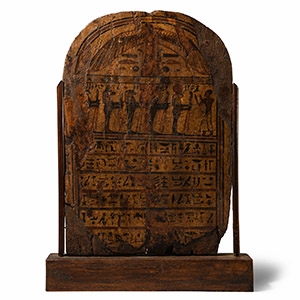
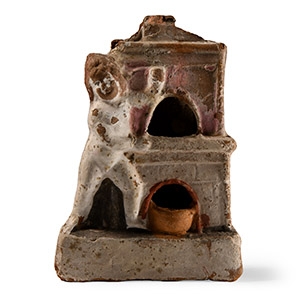

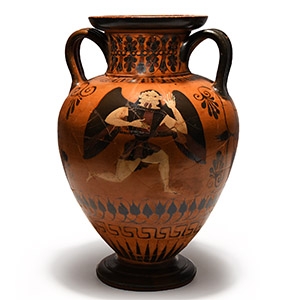
.jpg)
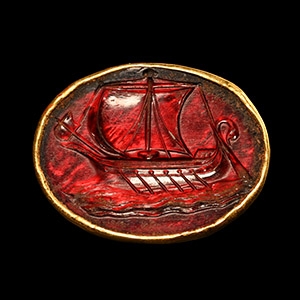
.jpg)

.jpg)
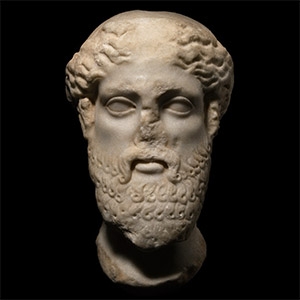
.jpg)
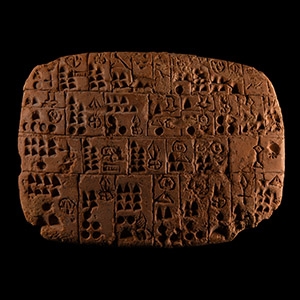

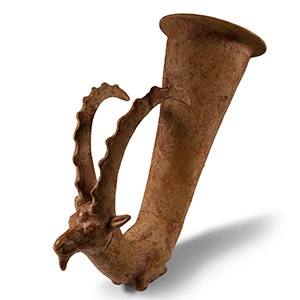
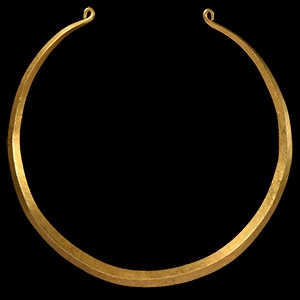
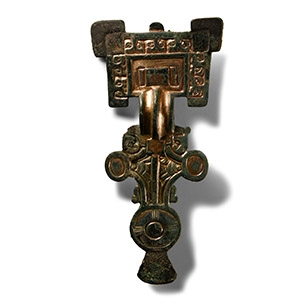
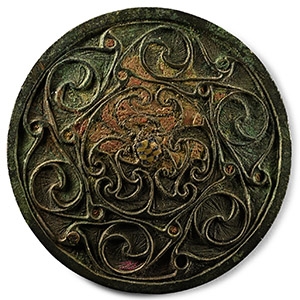

.jpg)
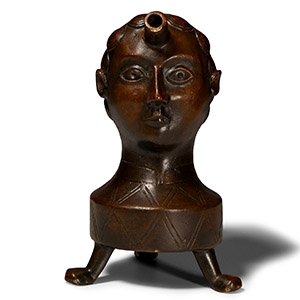
.jpg)

.jpg)
